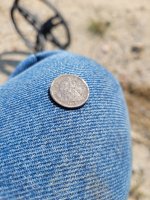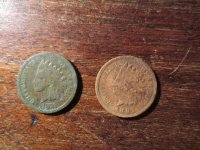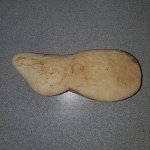G.I.B.
Gold Member
- Feb 23, 2007
- 7,187
- 8,537
- 🏆 Honorable Mentions:
- 1
- Detector(s) used
- CTX 3030 / GTI 2500 / Infinium LS / Tesoro Sand Shark / 1 Garrett Pro-pointer / 1 Carrot / Vibra Probe 580 (out on loan) / Lesche M85 / Mark1 MOD1 EyeBall
- Primary Interest:
- Other
[h=1][/h]Tampa Bay Times newspaper article, 12/1/2015.
Link here
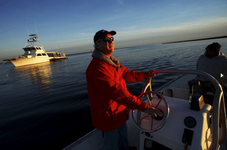
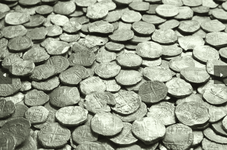
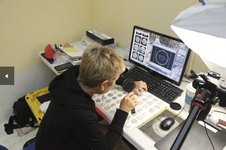
The article in part states:
MIAMI — The Spanish galleon San José was overloaded with 200 passengers and 700 tons of cargo on a summer night in 1631 when it smashed into a rock off the Pacific coast of Panama, spilling silver coins and bars into the Gulf of Panama. More than 400,000 coins and at least 1,417 bars were lost over a 40-mile trail.
Four hundred years later, that shipwreck has become one of the latest to land in a legal quagmire over who should have the rights to historic artifacts trapped under the sea. This one involves the United Nations, the U.S. Department of Homeland Security, the government of Panama and Americans accused of being pirates. At issue is whether private companies should be able to claim and profit from historic treasures.
Those questions are of particular interest to businesses in South Florida at a time when technology is making it easier to find and recover sunken loot. The National Oceanic and Atmospheric Administration estimates that there are more than 1,000 shipwrecks in the Florida Keys alone.
In the case of the San José booty, commercial treasure hunters, financed in part by an adventure entrepreneur who runs tours to the Titanic, spent over $2 million and 10 years recovering portions of the treasure, only to see their permits questioned and bounty confiscated.
"They called us thieves, looters, plunderers and pirates," said Dan Porter, a Florida captain who led the expedition to find the San José. "That's an insult. I hold this work in the highest regard."
But the industry is engaged in a battle with academic marine archaeologists and UNESCO, the Paris-based U.N. agency that tries to protect cultural treasures around the world. Critics say buried coins and loot should be studied and preserved in a museum, not sported around an investor's neck.
"Treasure hunters are to maritime archaeologists what astrologers are to astronomers," said Filipe Castro, a nautical archaeologist at Texas A&M University.
GME and Odyssey are both mentioned near the end of the article. Hit the link, top of page, for the complete article.
Link here



The article in part states:
MIAMI — The Spanish galleon San José was overloaded with 200 passengers and 700 tons of cargo on a summer night in 1631 when it smashed into a rock off the Pacific coast of Panama, spilling silver coins and bars into the Gulf of Panama. More than 400,000 coins and at least 1,417 bars were lost over a 40-mile trail.
Four hundred years later, that shipwreck has become one of the latest to land in a legal quagmire over who should have the rights to historic artifacts trapped under the sea. This one involves the United Nations, the U.S. Department of Homeland Security, the government of Panama and Americans accused of being pirates. At issue is whether private companies should be able to claim and profit from historic treasures.
Those questions are of particular interest to businesses in South Florida at a time when technology is making it easier to find and recover sunken loot. The National Oceanic and Atmospheric Administration estimates that there are more than 1,000 shipwrecks in the Florida Keys alone.
In the case of the San José booty, commercial treasure hunters, financed in part by an adventure entrepreneur who runs tours to the Titanic, spent over $2 million and 10 years recovering portions of the treasure, only to see their permits questioned and bounty confiscated.
"They called us thieves, looters, plunderers and pirates," said Dan Porter, a Florida captain who led the expedition to find the San José. "That's an insult. I hold this work in the highest regard."
But the industry is engaged in a battle with academic marine archaeologists and UNESCO, the Paris-based U.N. agency that tries to protect cultural treasures around the world. Critics say buried coins and loot should be studied and preserved in a museum, not sported around an investor's neck.
"Treasure hunters are to maritime archaeologists what astrologers are to astronomers," said Filipe Castro, a nautical archaeologist at Texas A&M University.
GME and Odyssey are both mentioned near the end of the article. Hit the link, top of page, for the complete article.



